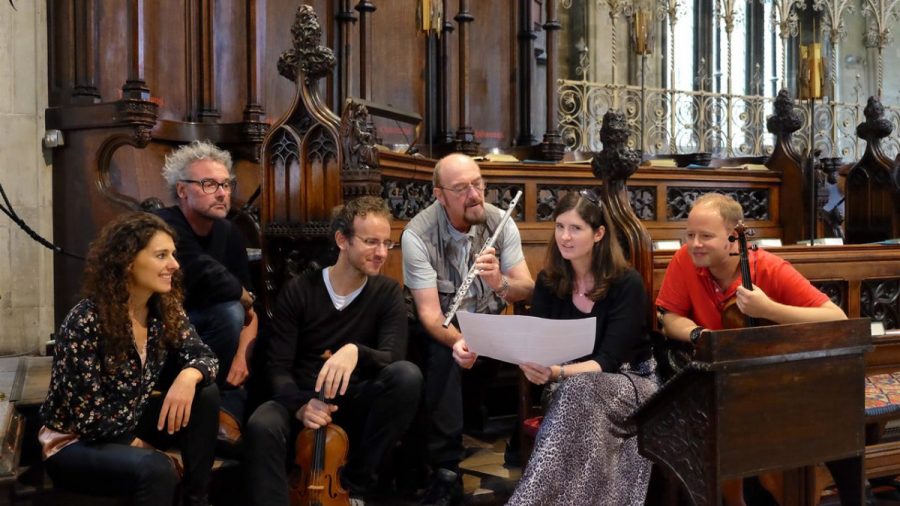(BMG, released 24 Mar 2017)
Jethro Tull have existed beyond the music mainstream for so long, that if it weren’t for the annual outing of Ring Out, Solstice Bells, the average listener might never cross their path. They have no radio “hit” (Living In The Past is hardly drivetime), they’re not a fashionable name for new bands to drop, and Tullster-in-chief Ian Anderson resolutely avoids the media nostalgia slots that have brought some of his contemporaries back into the limelight. Yet their body of work is immense, sales remain buoyant and Anderson continues to tour internationally with little pause for breath.
This new album – choice cuts from the back catalogue reworked with the Carducci String Quartet – won’t change that. You don’t win a new audience for your twisty, conceptual prog-jazz-folk by classicalising it. What it does do is shed new light on some old favourites, lopping off their harder edges, and reframing them in a more delicate setting. It’s the Tull album for Sunday afternoon drinks on the lawn.
These aren’t straight translations from the original. Anderson has been thrifty with his vocals, mainly using them as accompaniment to the strings rather than vice versa. There’s none at all on Living In The Past, and only the slightest of refrains on Solstice Bells. His flute trills complement the bow-work beautifully, carrying the melody when asked or passing that baton to the violins. There’s playfulness in the track choices too. We Used To Know gets mashed up nicely with Bach’s Prelude in C Major, alongside a couple of medleys of Tull material.
Only occasionally does something jar. Aqualung‘s menacing opening is too bluesy for the mood, whisking us from our stately home garden party and dumping us in a “difficult” chamber concert. As Anderson said in interview, there were some “heavy hitters” he had to include, and this was surely one.
Dabbling in the classics ought to be an act of supreme pretension for a rocker. Ian Anderson is one of the few who can carry this off. Far from a mere vanity project, it allows for fresh appreciation of the source material, while standing proud in its own right.
